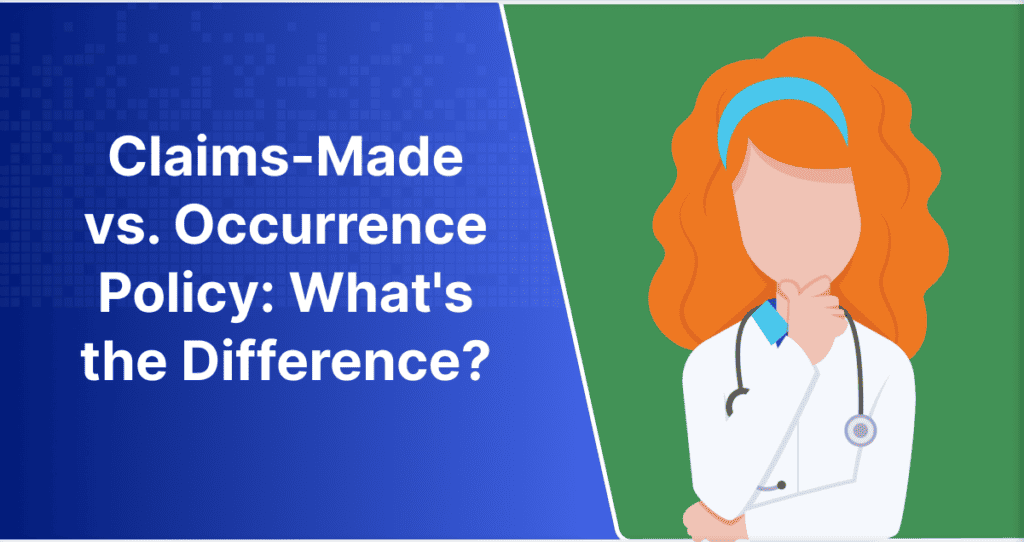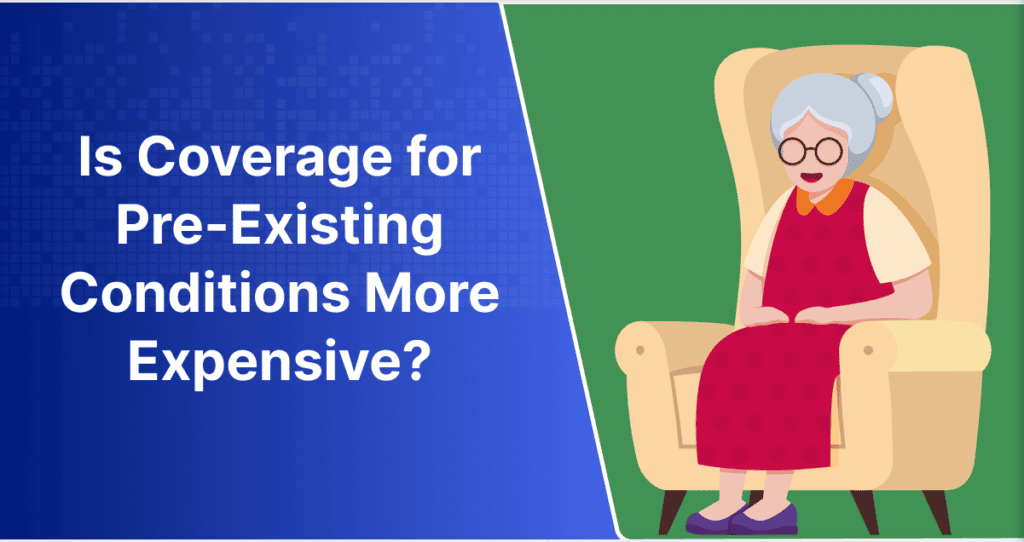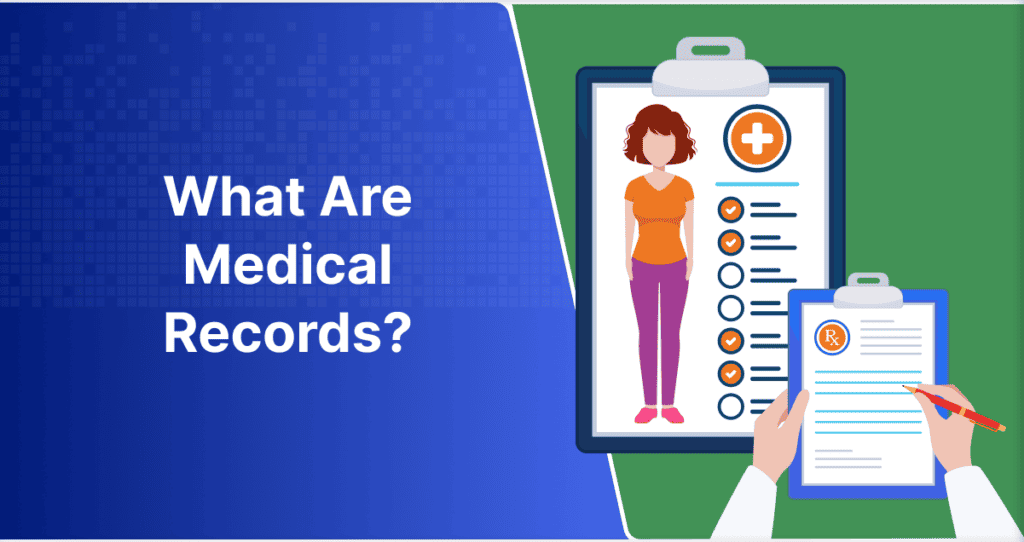Healthcare providers and staff work hard every day to provide the best care possible, but nobody is perfect. Electronic health record (EHR) systems have made recording medical information easier than ever. Unfortunately, the copy-and-paste capabilities of EHRs have also made recurring mistakes more common. Thanks to the sheer number of EHRs at most healthcare facilities, the burden of correcting medical records can fall on the patient.
Table of Contents
- The risks of incorrect medical information
- Review your records regularly
- Types of errors to look for
- Healthcare providers’ obligations
The risks of incorrect medical information
A 2017 Jama Network survey titled “Frequency and Types of Patient-Reported Errors in Electronic Health Record Ambulatory Care Notes” found that, of the 22,899 responders who have reviewed their medical records, 4830 found mistakes. Of those, 2043 errors were considered either somewhat or very serious. Considering that this poll hoped to hear from over 136,000 patients, this rate implies a total of about 12,000 patients’ records with serious errors between these three healthcare organizations alone.
While this number may be staggering, compared to the population of the United States, this rate would mean almost 30,000,000 people have serious errors in their medical records. With electronic health record (EHR) systems’ ability to copy notes from previous visits for the same issue, a single typo can be perpetuated over the entire course of treatment.
Unfortunately, medical record errors can result in a tragic end. According to a medical errors study by James G Anderson, approximately 251,000 people die annually in the United States due to medical errors. This figure makes it the third leading cause of death for the country, behind heart disease and cancer. It’s important to do everything in your power to help avoid preventable mistakes in your healthcare.
Back to the Table of Contents.
Review your records regularly
For those outside the healthcare system, medical records can be confusing. Here are some tips for trying to review your medical records:
- Google is your friend. It may seem obvious, but search for the definition of any unfamiliar terms or codes. Finding the information yourself is much faster than going to your healthcare provider for an explanation.
- Start with the conclusion and work your way back. If there are issues with the conclusion, try sifting through the rest of the records to determine why. If all information in the conclusion looks correct, look through the text specifically for medical terminology to check.
- Persevere when it gets difficult. While medical records may be complicated, don’t give up. The effort you invest in understanding your medical information may save your life.
- Request medical records as soon as you can. We suggest everyone maintain a personal health record or a complete collection of a patient’s medical records. Before adding new medical records to your PHR, check them for accuracy and you’ll be prepared to share them with new physicians anytime.
It’s a good idea to check your medical records as soon as they are available, especially if you coordinate care with several providers. If you wait, you may have to send amended records to each healthcare provider again, costing them additional administrative time as well.
Back to the Table of Contents.
Types of errors to look for
Not all medical record errors require immediate correction, but it’s better to be safe than sorry. A little effort correcting errors now can save a lot of headache – and money – down the line. Common mistakes include:
- Some spelling errors. Not all spelling errors are urgent. For example, if the provider uses ‘their’ instead of ‘there,’ it’s incredibly unlikely to have any impact on future care. Any misspelled diagnoses, medications, or allergies are more urgent to correct.
- Misspelled name. Healthcare providers might struggle to find your medical records if they are searching for the wrong name. Additionally, your healthcare provider could accidentally include your medical records in a release to somebody with that name. Such a breach compromises your personal security and puts your provider at risk of HIPAA noncompliance.
- Wrong phone number or address. If the healthcare provider ever needs to contact you, it’s integral that they have the correct information. Most healthcare organizations ask patients to verify this information at regular intervals, so if this issue is not caught immediately, it will likely be corrected down the line.
- Inaccurate information about symptoms, diagnoses, or treatment. This is the most important type of issue to look for, and the area of your records that needs the keenest eye.
Back to the Table of Contents.
Healthcare providers’ obligations
Providers are required to respond to every medical record correction request, and putting together a thorough request will help prevent delays. When submitting your request, you should include the following details:
- Your name and contact information if you are not submitting your medical records amendment request via our platform. This makes it simple for healthcare staff to find your records, verify your identity, and reach out with their response. This step is unnecessary with ChartRequest, as the provider chat function is built-in to each individual medical records request.
- The details of the treatment in question to help the healthcare staff handling the request identify the record in question, including the date(s) of service, reason for visit, and any other relevant information.
- The exact wording of the error and its location within the record. Explain why this wording is incorrect and what must be changed to fix it.
Healthcare providers must respond to each medical records correction request. If a healthcare provider denies a request to correct medical records, they must send a letter detailing the cause and file a copy alongside a copy of the request.
You will be notified and the healthcare provider will process the correction if they agree with your request. Next, the provider will likely ask who else needs to file the correction. Prepare a list ahead of time, including the name and phone numbers of your relevant healthcare providers and/or organizations who either do not have the record on fil








